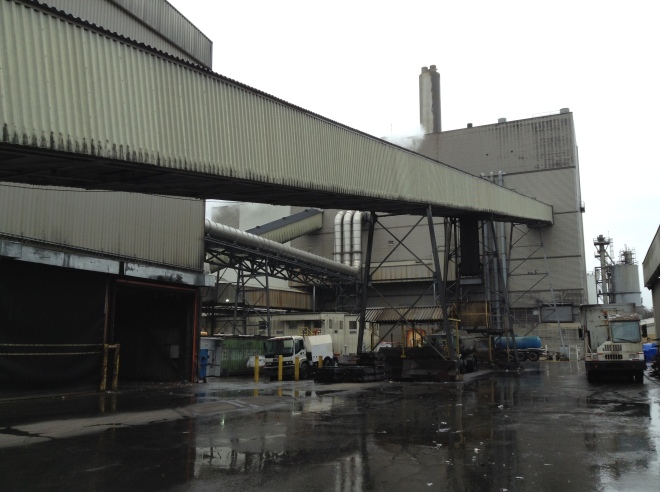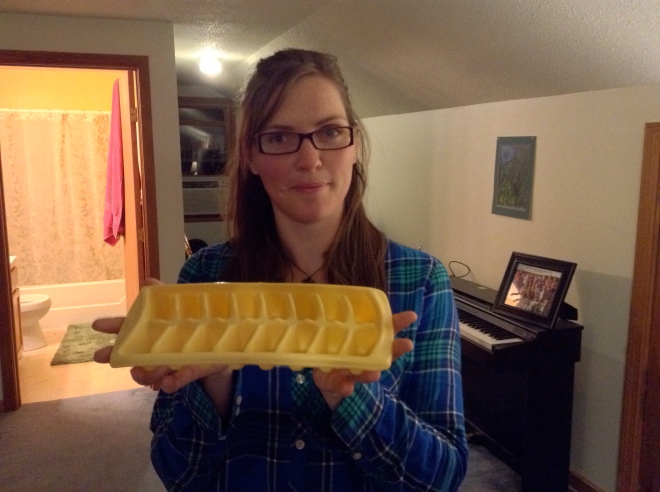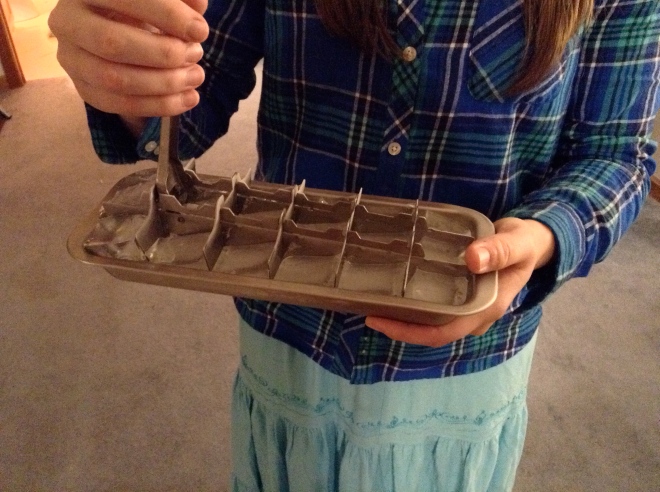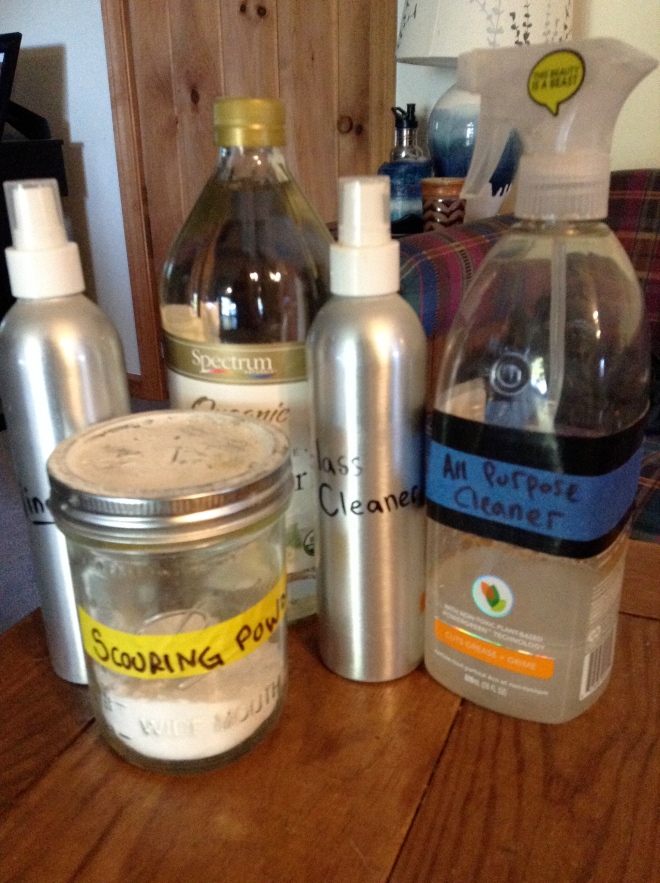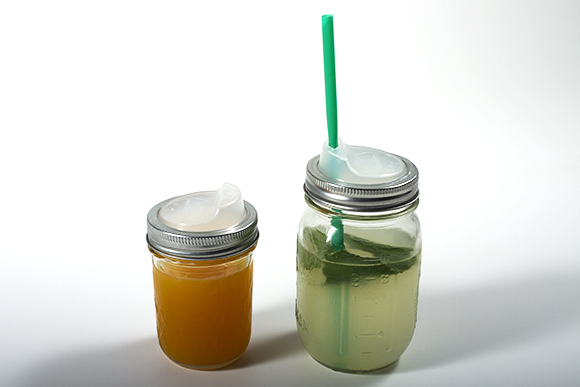-7 Chip Bags
-5 Mesh Bags
-1 Organic Cane Sugar Bag
-12 oz Coffee Bag
-1 Padded Envelope
-1 Decrepit, Reusable Grocery Bag
-3 Almond Milks
-1 Orange Juice Container
-12 oz Sparkling Water
-2 Thin Plastic Packaging (bread, TP)
-3 Dog Biscuit Bags
-2 Noodle Bags
-Frozen Pea Bag
-5 Bread Bags
-2 Gallon Ziplocks
-Miscellaneous Film
-1 Pretzel Stick Bag
-1 Computer Mouse Packaging
-2 Cranberry Bags
-6 Cheese Bags
-1 Organic Condensed Milk Container
-1 Shredded Cheese Container
-1 Basil Container
-18 Lids
-2 Single Use Coffee Lids
-1 4oz. Saline Solution Bottle
-2 Styrofoam Plates
-1 Polypropylene Food Bowl
-1 Pill Container
-1 Toothpaste
-2 Condiment Cups
-1 Pen
-1 Fork
-4 Vegetable Ties
-1 Vitamin Package
-1 Bread Tab
-2 Bar Straws
…and a smorgasborg of other bits and pieces
This month I investigated where “away” is when I throw items in a local trash bin. It turns out that they get trucked to the Southeastern Massachusetts Resource Recovery Facility SEMASS waste-to-energy facility in West Wareham run by Covanta Energy.
On November 22, 2013 I met Patti Howard to get a private tour of the SEMASS facility. Patti greeted me with a firm handshake and a big smile. She has been working at SEMASS for 20 years, first as an accountant and now, because she is a “people person”, as a MSP program coordinator giving tours and presentations about the benefits of incineration. As she gave me an introduction to the facility it was obvious that we were getting into controversial territory. A woman clearly accustomed to conflict, Patti started by admitting that waste to energy facilities are not popular with everyone, but she stressed that people need to “have all the facts” before making judgments about it. She consistently tended towards defensiveness and chose her words deliberately throughout the tour. She spoke with a firm conviction that we need to reduce our waste coupled with a harsh realism about the amount of trash we currently produce. She said that they Covanta sees trash as a resource and that it is much better to incinerate it than put it in a landfill. When my trash arrives at SEMASS it is dumped onto the “tipping floor”, an expansive room that holds mountains of trash that are inspected for hazardous materials (like propane tanks) and where most ferrous metals are removed with magnets to be recycled. At this point Patti noted with pride that SEMASS is the “largest recycler of metal in Massachusetts”, recovering nearly 40,000 tons of ferrous and non ferrous metals every year
SEMASS currently combusts over a million tons of waste a year, providing 25% of the “renewable energy” in Massachusetts. The facility qualifies as a Class II renewable energy source, giving 50% of its renewable energy credit value to boost local recycling programs. They are able to produce just under 600,000 megawats a year, or enough to power 75,000 homes. But is this the “clean, renewable energy” that Covanta claims it to be?
One of the challenges of incineration is pollution. Even the fanciest modern incinerators send CO2 and supertoxins like dioxins and furans into the air. They liberate toxins bound up in our industrial and municipal waste and release them into the air and water. This inevitably includes chemicals that have been linked to cancer, birth defects, and developmental, endocrinological, neurological, circularoty and reproductive problems. Combustion can even create new toxins that were not in the original waste, like dioxins that are created when items containing chlorine are burned. Globally, incinerators are the leading source of dioxins.
Incinerating does not make waste disappear, it produces ash. “In general, for every 3 tons of waste one shoves into an incinerator we get one ton of ash that requires landfilling” (Annie Leonard The Story of Stuff, 2010, p. 424). The ash is more toxic than the original waste, containing concentrated heavy metals and pollutants. About 1/3 of the SEAMASS facility is devoted to processing the ash, and their emissions of heavy metals and other pollutants consistently measure 60-90% below EPA limits. To avoid groundwater contamination SEMASS collects rainwater in three onsite ponds and has a water treatment plant on site. They also utilize local landfill leachate to meet almost 30% of its water needs and conserve roughly 40 million gallons per year of groundwater resources.
Covanta boasts that this ash can be used as landfill cover and does not emit methane like decomposing landfill waste. It has potential to be used as a building material but has not been approved by the state of Massachusetts. It sounded like regulations on incinerators in Massachusetts are stringent and that Covanta was making a sizable effort to “green” their business, but as my nostrils protested the nauseating decomposition and chemical smells throughout the facility I thought it was a stretch to call this energy “clean”. When I asked Patti if the workers at SEAMASS showed physical effects from working at SEAMASS she assured me that HEPA masks were used when appropriate and that high risk workers were tested multiple times a year for negative health effects. If our communities were to shift our focus away from toxin releasing incinerators and towards zero waste programs we could create more jobs. “For every dollar invested in recycling ad zero waste programs, we get ten times as many jobs as in incineration” (Annie Leonard, The Story of Stuff, 2010, p. 429). Not only are there more jobs, these jobs are also cleaner and safer jobs that help conserve resources and create a more long-term solution.
I also think that it is a stretch to call this energy renewable. Ultimately, they depend on fossil fuels and trees for much of their fuel. Recoverable energy could be a more appropriate term. At least 15% of what they combust is food waste that could instead be composted and reused as fertilizer. They burn valuable resources and I can’t help but think that we could produce more energy by conserving rather than combusting. It is like choosing between pulling the plug or turning off the faucet to lower the water level in a bath tub. Turning off the faucet has a less immediate effect, but the tub will never really be empty if you leave it on. I would much rather see comprehensive composting and reduction initiatives in my town than an incinerator. Until we change our minds over to a reusable mindset, this incinerator will keep on burning. Visiting this incinerator made me more proud than ever of the efforts we have taken this year to reduce our waste!
Sources:
Annie Leonard: The Story of Stuff
Susan Freinkel: Plastic a Toxic Love Story
Charles Moore: Plastic Ocean
SEMASS website and personal communication with P. Howard


